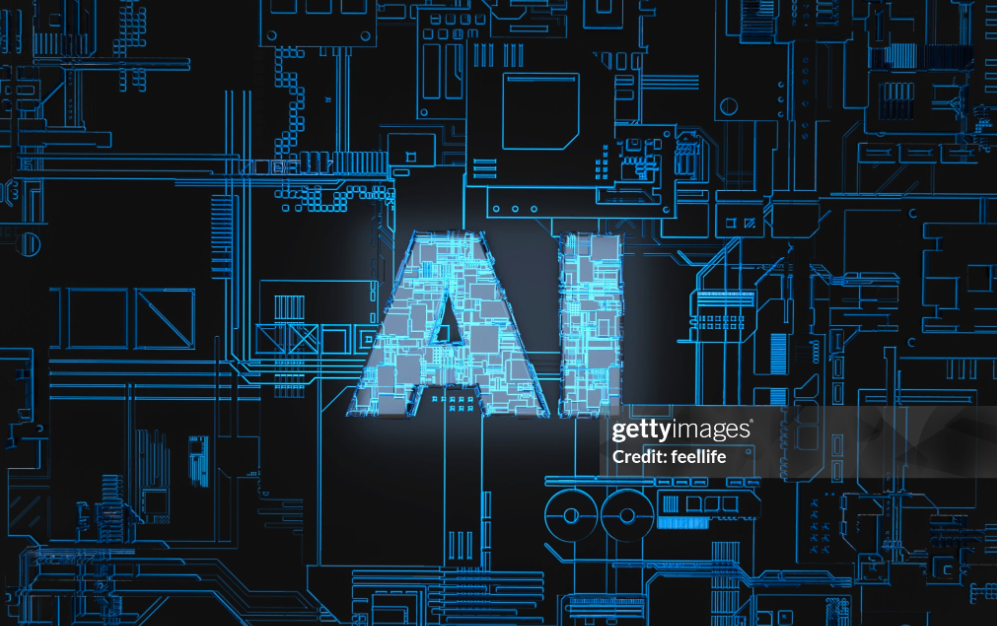Advertisement
In general, both government and private-sector experts in technology concur that employing digital watermarking to authenticate AI-generated content is crucial in combating deepfakes and other types of harmful misinformation and disinformation.
However, there is a lack of consensus on the definition of a digital watermark and the establishment of common standards and policies surrounding it. This uncertainty has raised concerns among many AI specialists and policymakers, who worry that the technology may not reach its full potential and could potentially empower malicious actors.
While industry groups and a few tech giants, notably TikTok and Adobe, are leading the way in AI watermarking and advocating for transparency in its implementation, they are anticipated to face significant challenges in the rapidly evolving digital landscape.
With an estimated 2 billion individuals expected to participate in global elections in 2024, experts emphasize the urgent need to address standards for watermarking AI-generated content in the upcoming months. Failure to do so could perpetuate the spread of sophisticated deepfakes and fabricated audio or video recordings of public figures.
Dean Ramayya Krishnan from Carnegie Mellon University highlights the importance of authenticity in AI watermarking, emphasizing the significance of labeling content creation methods and utilizing AI detection tools to enhance trustworthiness. However, he acknowledges that while there is considerable interest in this technology, it is not a foolproof solution and presents enforcement challenges.
Digital Watermarking as a Tool for Mitigating Harm
Major tech companies and AI creators have developed three primary types of watermarks to combat misinformation and establish credibility with users:
- Visible watermarks added by companies like Google, OpenAI, or Getty to verify content authenticity.
- Invisible watermarks detectable only through specialized algorithms or software.
- Cryptographic metadata detailing the creation time and editing history of content.
While watermarking can aid in reducing AI-generated misinformation, there are concerns that bad actors could exploit this technology to amplify misinformation. Experts caution that watermarking, while beneficial, is not infallible and can be circumvented by individuals with knowledge of watermarks and AI.
Industry Initiatives and Policy Considerations
TikTok has emerged as a frontrunner in watermarking, promoting transparency among users regarding the use of AI tools in content creation. By encouraging users to disclose AI effects in their videos and photos, TikTok sets a precedent for openness in content generation processes.
Similarly, Adobe and Microsoft are actively supporting AI labeling initiatives through their participation in the Coalition for Content Provenance and Authenticity (C2PA). These efforts aim to establish technical standards for certifying the origin and history of online content to combat misinformation effectively.
While watermarking and labeling AI content are essential steps, industry stakeholders recognize that these measures alone are insufficient. Enhancing media literacy and implementing complementary strategies are crucial in addressing the multifaceted challenges posed by AI-generated misinformation.
Legislative and Regulatory Landscape
The White House, federal agencies, and Congress are prioritizing watermarking and combating AI-generated misinformation through proposed regulations and policy safeguards. Efforts include:
- The Commerce Department’s National Institute of Standards and Technology developing authentication and watermarking standards for generative AI systems.
- Introduction of legislation by members of Congress to regulate deepfakes and deceptive AI-generated content, with a focus on transparency and accountability.
- Calls for the Federal Election Commission to mandate disclosure of AI-generated content in political advertisements.
While legislative progress on AI regulation remains ongoing, voluntary commitments by tech giants to implement watermarking and labeling practices represent interim measures endorsed by the Biden administration.
As the landscape of AI technology continues to evolve, the establishment of standardized watermarking practices and concerted efforts to address misinformation are paramount in safeguarding the integrity of digital content.






